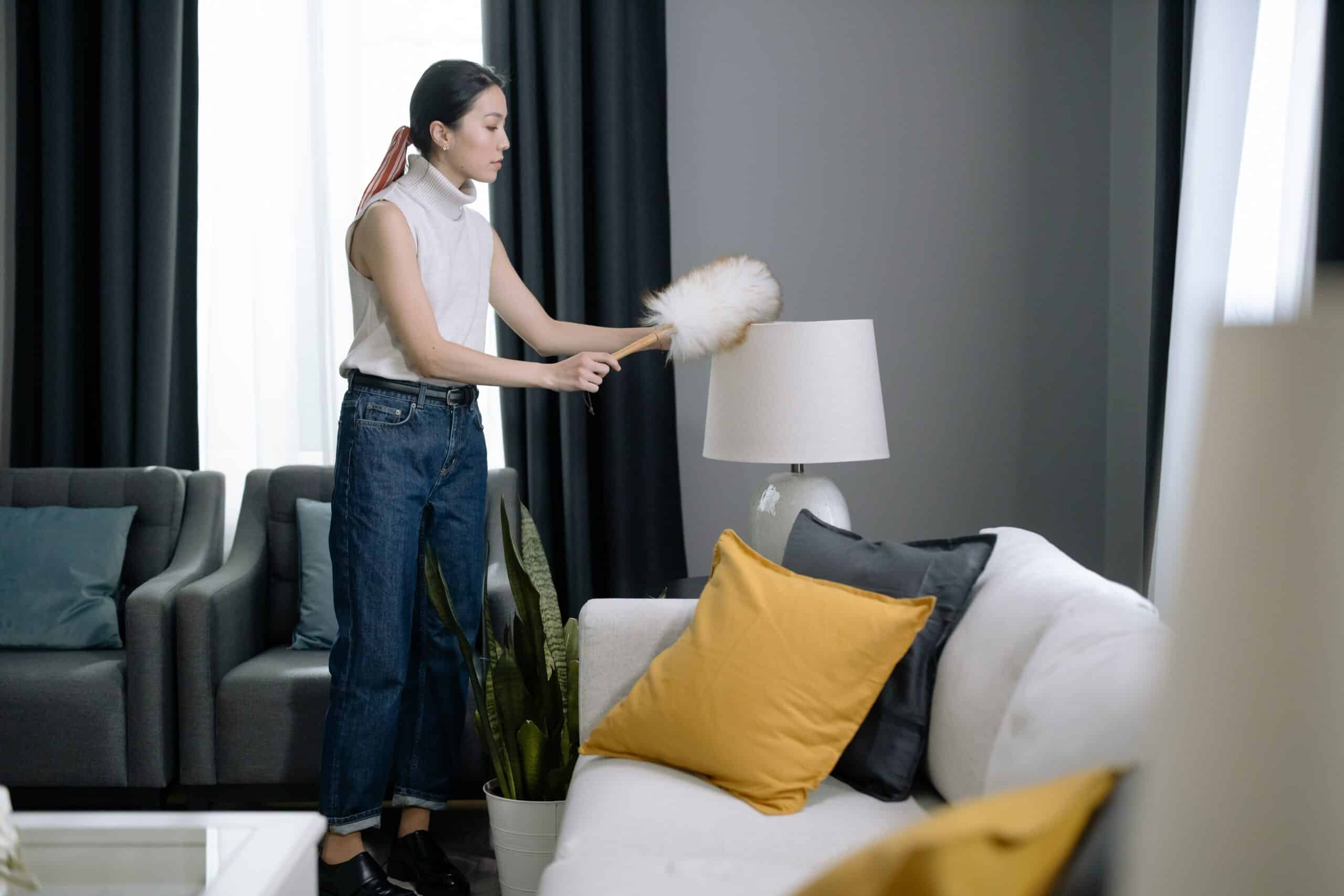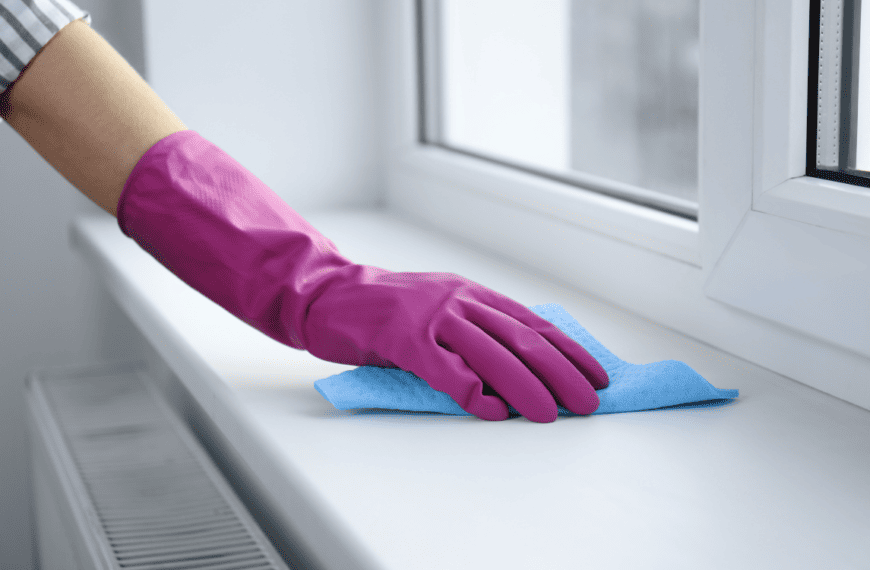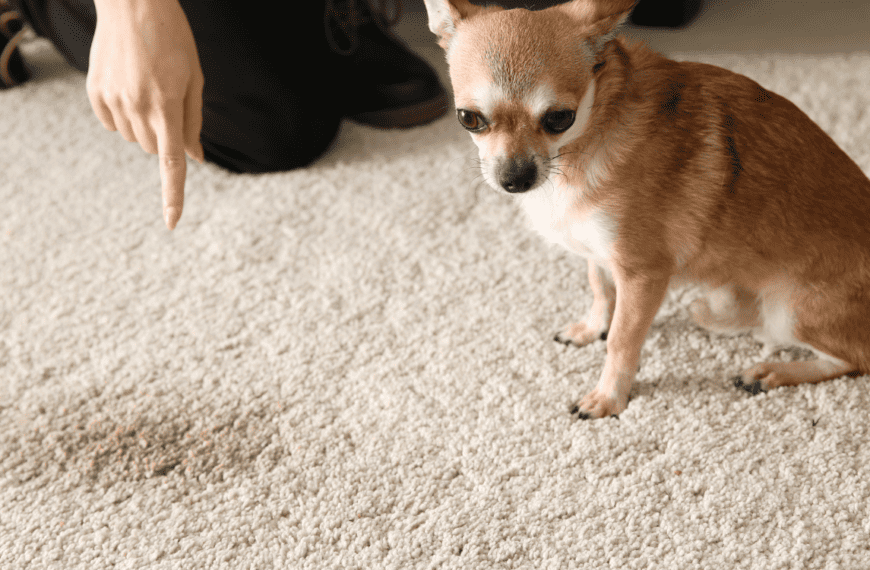The simple act of dusting can seem like a never-ending battle at times, and every person has to fight it. That may be why we’re so used to it in our daily lives, never considering how much dust affects us or how much we can affect it.
The endless concentration of dust mites we allow into our homes contributes significantly to poor indoor air quality. We’ll never completely get rid of it, but there are numerous simple and effective ways to reduce dust around the house. Breathe a little easier by using these tips and tools to reduce and prevent dust in your home!
Change Your Air Filters
Changing your air conditioning filters for your HVAC system once every three months is one of the most beneficial practices you can do as a homeowner. A dirty air filter won’t be able to suck in as much dust and air as possible. The indoor air quality will suffer, and your air conditioner will struggle to cool your home. You’ll have fewer repair issues when you change your air filter regularly, saving you money on maintenance. It can also reduce energy consumption by up to 15%, which will make a noticeable difference in your utility bills.
Use an Air Purifier with a HEPA Filter
Consider buying an air purifier if there are certain areas of the house that cause your allergies to flare up. A high-efficiency particulate air filter (HEPA filter) can trap 99.97% of particles as small as 0.3 microns in size, much smaller than dirt, dust mites, pet dander, pollen, and mold particles. Position air purifiers in areas with good airflow where dust is known to be a problem, like near doors and windows. Run them while you clean your space to catch any free-floating dust you kick into the air.
Manage the Humidity
Dust mites stay nourished by absorbing moisture from the air, thriving like mold. Since they consist of roughly 75% water by weight, they need an indoor relative humidity of 65% to flourish and an RH of at least 50% to maintain their normal survival and reproductive rate. Bring down the moisture levels, and you’ll reduce the number of dust mites. But before you buy a dehumidifier to lower the moisture levels, remember that you probably already have a massive one in your home — your central air conditioning.
Your air conditioner extracts tons of moisture from the air while keeping your home cool, depositing the accumulated water on the evaporator coil where it then drips to a drain line. You already help it do its job when you change your filters and free the airflow, but annual maintenance is equally vital. By having a technician do regular inspections, you’ll not only reduce issues with your HVAC and extend its life, but you’ll also optimize its dehumidifying power.
Vacuum Twice a Week
Wall-to-wall carpeting is one of the worst places for dust accumulation because it embeds itself deep into the fibers. Vacuum your house at least twice a week, paying extra attention to areas with heavy foot traffic. If you have allergy sufferers in the home, consider investing in a vacuum cleaner with a HEPA filter to catch more dust from your carpet.
Keep Dust Outside
Even though we generate tons of dust inside the house, we also invite tons of it in from outside. Keeping your windows and doors closed and taking shoes off at the door when possible are simple ways to keep dust, pollen, and other allergens outside. Go a step further, and seal cracks, gaps, and holes around the outside of your house with silicone caulk to prevent dust from sneaking in. Sealing off your home will also have the bonus effects of keeping pests out and insulating your home, thus helping to keep your energy costs down.
Steam Your Carpets
Steam cleaning carpets every 4–6 months will handle lingering dust that your vacuum may have missed. A vacuum cleaner will only lift dirt from the carpet. A steam cleaner penetrates the fibers to loosen and lift dust particles, making them easier to extract, and the high heat kills the inevitable scores of dust mites hiding away in your rug.
Sweep and Mop the Floors
Sweep your floors a few times each week or once a day if you suffer from severe dust allergies. Hard floors can’t trap dust like carpet fibers, so dust is more likely to stir up. By sweeping your floors and damp mopping them every few days, you’ll be able to keep dust from spreading throughout the house.
Dust with Microfiber Cloths
Dusting shelves, window frames, and other hard surfaces around the home is a standard house cleaning task that you should perform at least once a week. But instead of using a rag or feather duster, reach for a microfiber cloth to handle the wipedown duties.
Feather dusters or old towels and t-shirts tend to spread dust rather than remove it. Microfiber cloths, by contrast, have so many microscopic fibers that they can trap the most minute dust particles, which coarser clothes pass over. There is also a slight static charge in the microfiber that attracts dust, making it even more efficient at removing it!
Wash Sheets and Bedding Once a Week
Fabric can collect dust better than anything, and bedding is one of the biggest hotspots. Bedding fibers trap particles from dusty air, but you make things worse by loading your sheets up with hair, dead skin cells, and other particles when you sleep every night. Cleaning your sheets and bedding in hot water once a week will remove dust and eliminate any hidden dust mites.
Beat the Dust from Cushions, Curtains, and Rugs
A few times every year, take your area rugs, heavy drapes, curtains, upholstered furniture cushions, and any other movable dust traps outside, and beat the filth out of them. Hang them over a railing, check which way the wind is blowing, and hit the dirt out with a bat or broom handle. Continue beating until no more dust comes out, rotating the item occasionally to ensure you hit every side.
Clean Your Blinds, Curtains, and Walls
Even though we see most household dust on horizontal surfaces, you can’t forget to clean your walls and window treatments if you want to get rid of as much dust as possible. Use a damp cloth to wipe down blinds and walls. If you live in a high dust household, you may want to change your blinds for washable curtains that are extra-easy to clean in the laundry every few months.
Keep Your Pets Clean
Our furry friends bring tons of love into our lives, but they also bring tons of dust into the house. Cleaning your pets frequently is crucial to limit pet dander and hair that have a tremendous impact on dust levels around the home. Brush your pets over a hard floor to make cleanup quicker, and consider adding a HEPA air cleaner to your HVAC system or buying an air purifier to help you manage the extra mess your pets bring in.
Keep Your Home Clutter-Free
Clutter will create and collect dust, so you can make cleaning simpler by eliminating extra junk, especially cloth and paper products. Old clothes, books, and magazines can produce dust over time, and their fibers have no problem trapping allergens of all kinds. Seal up any out-of-season clothing and unused items in storage bins, and get rid of stuff you don’t need. Cleaning your closets is crucial in this effort, as the stored fabrics and other items inside could be significant dust sources in the house.
Make Changes to Reduce Dust
If you or your family members have an acute sensitivity to dust mites, you should make it as easy as possible to reduce dust and allergens around the home. That could mean adding a HEPA air cleaner to your HVAC system or buying an air purifier, or it could also mean eliminating dust traps. You can remove carpeting and replace it with hardwood floors or trade the cloth couch in for a new leather model. It may sound drastic, but if allergies impact your daily comfort, the long-term convenience of moves like these will be worth the change.
Book a Cleaning USING Anita’s!
Dust is unattractive and unhealthy, a haven for all kinds of allergens you don’t need in the house. There’s no way to eliminate it, but you can reduce dust in your home and help everyone live a little healthier with thoughtful strategies and helpful tools.
If you’re having trouble fighting the good fight in the battle against dust, let Anita’s manage the cleaning chores for you. It only takes a few seconds to connect with local, experienced, and highly rated house cleaners matching your unique cleaning needs. Get started on a booking today, and discover the difference that a professional house cleaning can have on your health and happiness!









